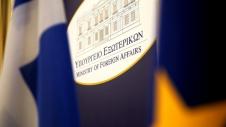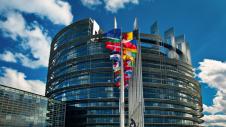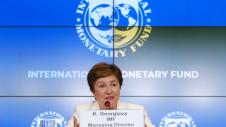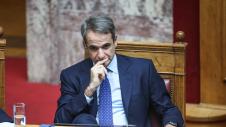A very important railway project for the Peloponnese that will connect the port of Patras with Rio, and which will include the construction of the third largest tunnel in Greece, is in the final stretch for the selection of a contractor.
In fact, the "thorn" of financing the project has been overcome as the procedures for its integration in the new NSRF 2021-2027, but also in CEF II (Connecting Facility Europe) of the new period have already begun.
Research by MRB on behalf of ERGOSE
By common consent, this is a project with multiple benefits for the residents of the wider region, reducing the travel time to Athens and the rest of Greece's cities, the implementation of which will undoubtedly upgrade the combined transport and commercial activity of the port of Patras.
The acceptance of this project and the recognition of its value by the citizens of Patras is reflected in a survey conducted by MRB on behalf of ERGOSE, which aimed to identify any concerns of the local community about the project.
A percentage of 60% of the surveyed citizens of Patras in the MRB survey asked for the immediate implementation of the project that combines underground and above-ground transportation.
The project that ensures the connection of the new port of Patras with the central railway network of the country, as well as the interconnection with the existing line to Pyrgos through a transfer, has been a point of friction for years as to whether the undergrounding of the new double electrified line will be total or partial. According to the existing implementation plan for the project, which is in an advanced tender stage, the undergrounding will start from Kanellopoulou Street to Agios Andreas and not from Rio.
A percentage of 75.7% of the surveyed citizens of Patras, according to the survey, believe that they will benefit from the project when it is completed, either financially or in terms of improving the quality of life.
The degree of benefit of the railway project is mainly focused on improving everyday life and quality of life (46.1%) or a combination resulting from quality of life and economic benefits (27.6%).








